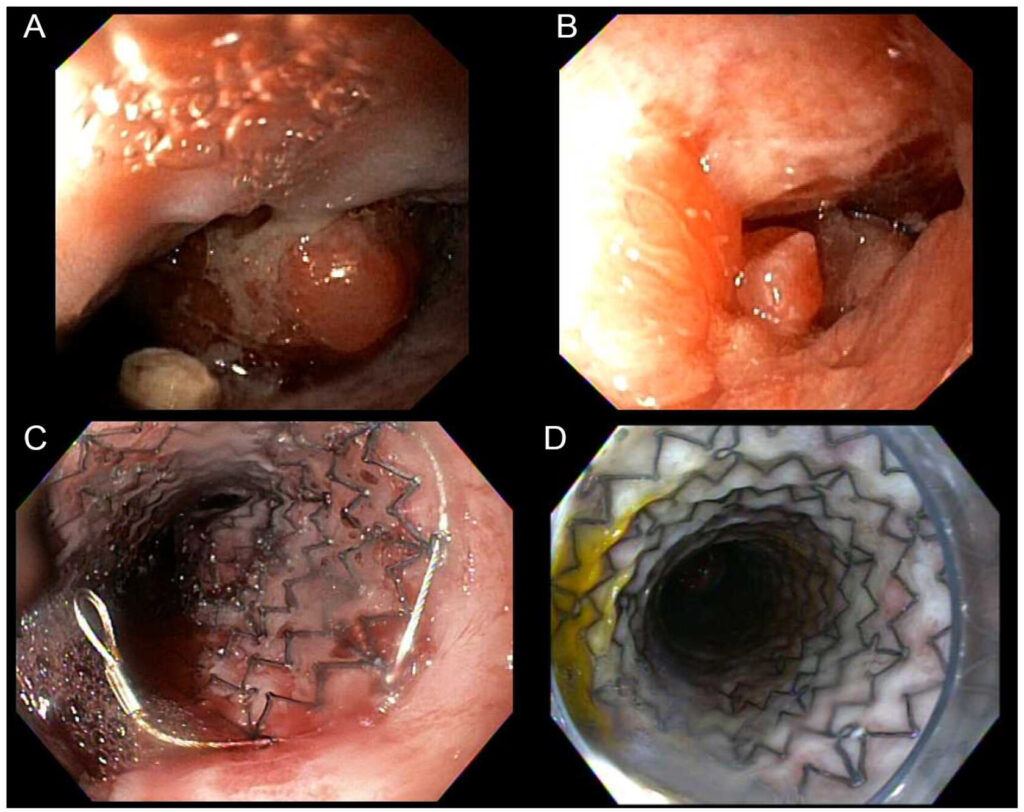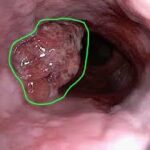Malignant esophageal obstruction is a severe condition primarily caused by esophageal cancer, leading to difficulty swallowing (dysphagia) and significant health complications. This article explores the causes, symptoms, diagnostic approaches, and treatment options available for this life-threatening disorder.

Understanding Malignant Esophageal Obstruction
Malignant esophageal obstruction occurs when a tumor partially or completely blocks the esophagus, impeding the passage of food and liquids. The obstruction can result from primary esophageal cancer or metastases from other malignancies.
Common Causes
- Esophageal Cancer – The most frequent cause, including squamous cell carcinoma and adenocarcinoma.
- Metastatic Tumors – Spread from lung, breast, or head and neck cancers.
- Radiation-Induced Strictures – Scarring from previous cancer treatments.
- Benign Conditions Leading to Malignant Transformation – Barrett’s esophagus or chronic gastroesophageal reflux disease (GERD).
Symptoms and Complications
Primary Symptoms
- Dysphagia – Progressive difficulty in swallowing, initially for solids and later for liquids.
- Weight Loss – Due to reduced nutritional intake.
- Odynophagia – Painful swallowing.
- Regurgitation – Undigested food and saliva retention.
Complications
- Aspiration Pneumonia – Caused by inhalation of food or liquids into the lungs.
- Malnutrition and Dehydration – Due to an inability to consume adequate food and water.
- Fistula Formation – Abnormal connections between the esophagus and other structures.
Diagnosis and Evaluation
Imaging and Endoscopy
- Barium Swallow X-ray – Identifies the site and severity of obstruction.
- Esophagogastroduodenoscopy (EGD) – Direct visualization and biopsy.
- CT Scan and MRI – Evaluates tumor extent and metastasis.
- Endoscopic Ultrasound (EUS) – Assesses tumor depth and lymph node involvement.
Treatment Options
Endoscopic and Minimally Invasive Procedures
- Esophageal Stent Placement – Self-expanding metal stents (SEMS) relieve obstruction and improve swallowing.
- Endoscopic Dilation – Temporary widening of the esophagus using a balloon or bougie dilator.
- Laser or Photodynamic Therapy (PDT) – Tumor ablation to reduce obstruction.
Oncological Interventions
- Radiation Therapy – Shrinks tumors to restore esophageal patency.
- Chemotherapy – Targets cancer cells, often combined with radiation.
- Immunotherapy – Emerging treatment to boost the immune system against cancer cells.
Surgical Management
- Esophagectomy – Partial or complete removal of the esophagus in selected patients.
- Gastrostomy or Jejunostomy Tubes – Nutritional support for patients unable to eat.
Palliative Care Approaches
- Pain management and nutritional support to enhance the quality of life in advanced cases.
Prognosis and Survival Rates
The prognosis depends on the cancer stage, overall health, and treatment response. Early detection and intervention improve survival chances, but advanced cases typically have a poor prognosis.
Malignant esophageal obstruction is a serious medical condition requiring a multidisciplinary approach. Advances in endoscopic, surgical, and palliative treatments have improved patient outcomes. Early diagnosis and prompt intervention remain crucial in managing this life-threatening disorder.

